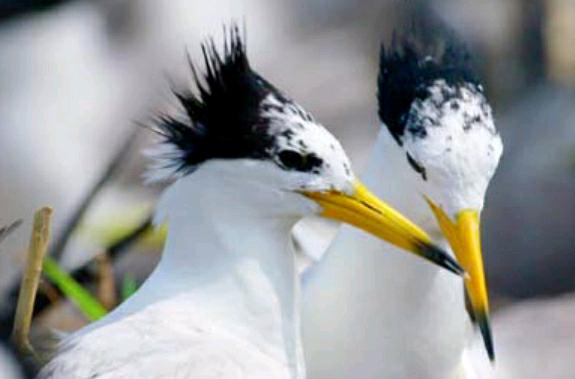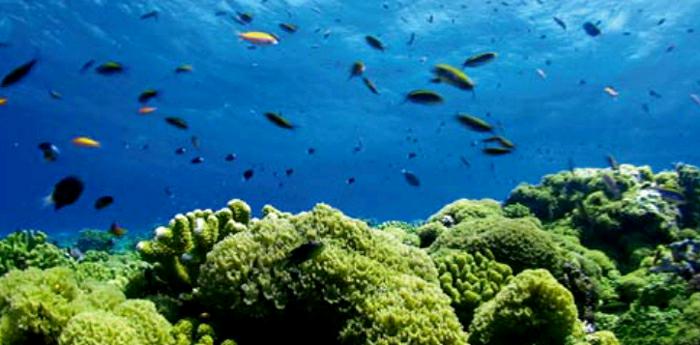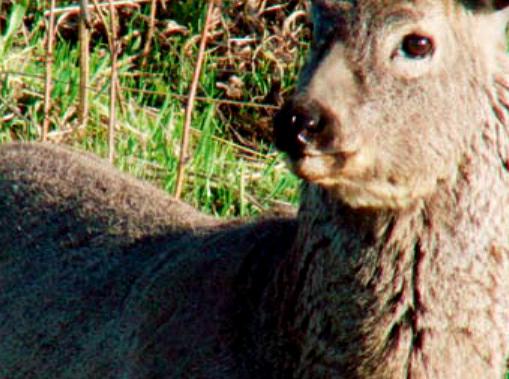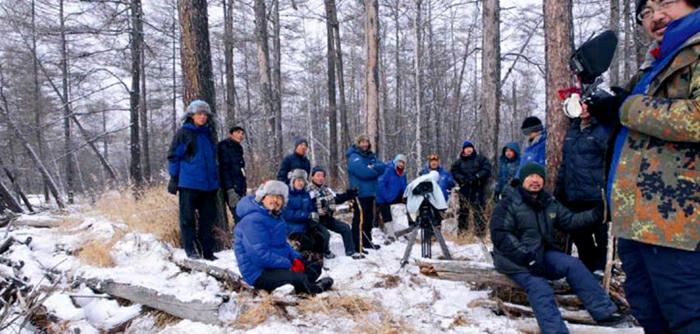The Power of Chinese Nature Documentaries
2017-04-10byLiWenju
by+Li+Wenju
On the final day of 2016, the first episode of The Power of Nature, a six-episode documentary like no other China had seen in its history, was broadcast on CCTV. It achieved record ratings on New Years Eve despite the fact that it was competing with several popular entertainment-variety programs in the same time slot.
The production of the TV documentary took a total of five years to complete. The crew traveled hundreds of thousands of kilometers throughout China from the Greater Hinggan Mountains in the northernmost province of Heilongjiang to the Xisha Islands in the South China Sea, visiting the most untouched regions of the country. More than 500 days of shooting in the wilderness reaped rewards of visual records of more than 100 rare species of plants and animals, such as Tibetan antelopes, snow leopards, wild yaks, gibbons, and Asian elephants. The documentary recounted touching stories about earths creatures and showcased the beauty of China in an unprecedented way.



The first of its kind in China, CCTVs documentary channel has joined hands with many of the worlds top TV documentary producers including the BBC, Discovery Channel, and NHK.
In recent years, China has seen rapid development in documentary production, a boom in the number of production companies and individual producers and a jump in the volume of documentary output. Moreover, many documentaries are getting theatrical releases, attracting great enthusiasm from viewers.
Still, Chinas capacity to produce nature documentaries is comparatively weak. After watching The Power of Nature, Professor Zhang Tongdao, a well-known Chinese documentary researcher, acclaimed it as a “breakthrough for Chinese nature documentaries.”
The crew devoted tremendous passion to the subject. Their first full-length documentary, Forest China, was released back in 2007.
Hotbeds of rare species of wild animals were discovered in the countrys northwestern quadrant where harsh natural conditions in Tibet Autonomous Region, Qinghai Province, and Xinjiang Uygur Autonomous Region have deterred human habitation.
The crew endured daunting natural environments to film wild animals in these regions. In 2011, photographers ventured to Qiangtang, one of the four least populated areas in China, where they captured glimpses of Tibetan antelopes, a rare species under first-class state protection that is only found over 5,000 meters above sea level. The first test was adjusting to the altitude. As night fell, the temperature fell to 30 degrees below zero, leaving the photographers frozen in the middle of nowhere.
The photographic team stayed in Qiangtang for two months and recorded the entire life cycle of Tibetan antelopes from mating, pregnancy and birth to the species magnificent migration, one of Chinas most profound natural phenomena. More than 100,000 Tibetan antelopes lead their calves across 100,000 square kilometers of untouched land in Qiangtang.
Director Yuan Yuan was totally stunned by the grand scenes during the great move. “I had read about such scenes in a book written by Sven Hedin, a worldfamous Swedish adventurer,” she says.“But I never expected to have the chance to witness it with my own eyes!”
The Power of Nature provides a natural profile for a country experiencing rapid development. Every single shot in the film was captured in the wild. It depicts natural China realistically and accurately.
“We could have never made this happen without love and passion for wild animals, plants, mountains and rivers on this land,” declared Sun Kun, a photographer in the team.